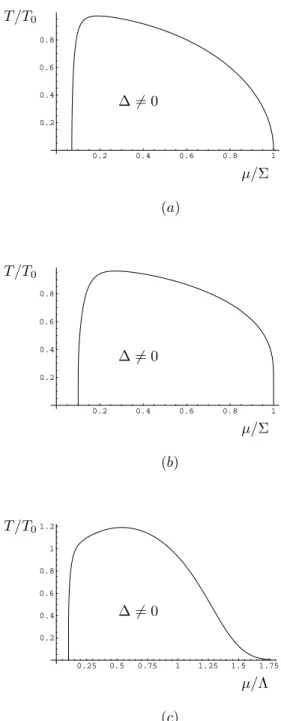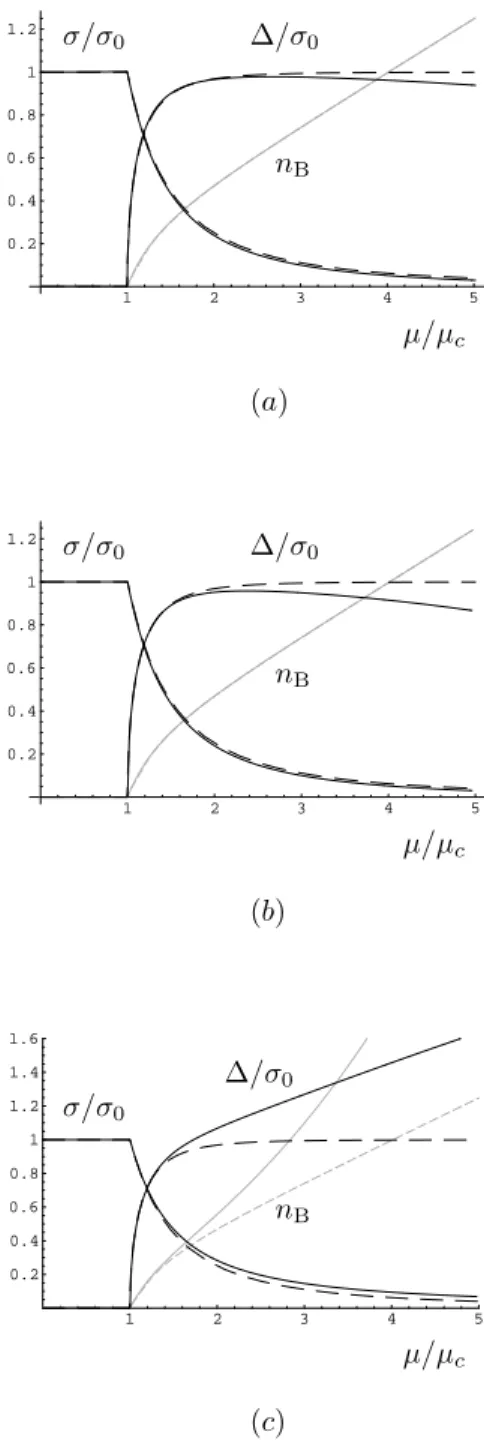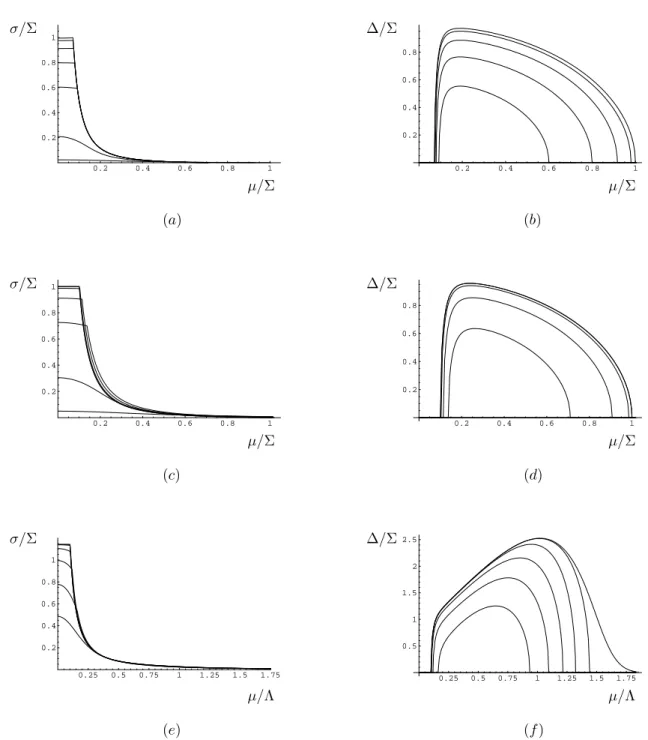Random matrix study of the phase structure of QCD with two colors
Texte intégral
Figure




Documents relatifs
Du point de vue de Constantino Sotelo, l’histologie française moderne se résumait en réalité à cette époque presque uniquement aux travaux du laboratoire de René Couteaux, rue
L’accès à ce site Web et l’utilisation de son contenu sont assujettis aux conditions présentées dans le site LISEZ CES CONDITIONS ATTENTIVEMENT AVANT D’UTILISER CE SITE WEB..
Copyright and moral rights for the publications made accessible in the public portal are retained by the authors and/or other copyright owners and it is a condition of
L’archive ouverte pluridisciplinaire HAL, est destinée au dépôt et à la diffusion de documents scientifiques de niveau recherche, publiés ou non, émanant des
We will recall in the next chapter fundamental random matrix theory results along with some applications to sim- ple machine learning models such as spectral clustering with the
In this work, we build on the results obtained in [19] (for the random matrix case) and address the construction of a class of prior generalized stochastic models for elasticity
En utilisant la dynamique des valeurs propres et des vecteurs propres, nous pouvons ´etudier les overlaps dans deux cas diff´erents: (i) lorsque les vecteurs propres de M et C
Récemment, Enriquez, Sabot et Zindy (cf. [17]) ont donné une nouvelle preuve de ce théorème dans le cas où 0 < κ < 1 par une tout autre méthode, basée sur l’étude fine